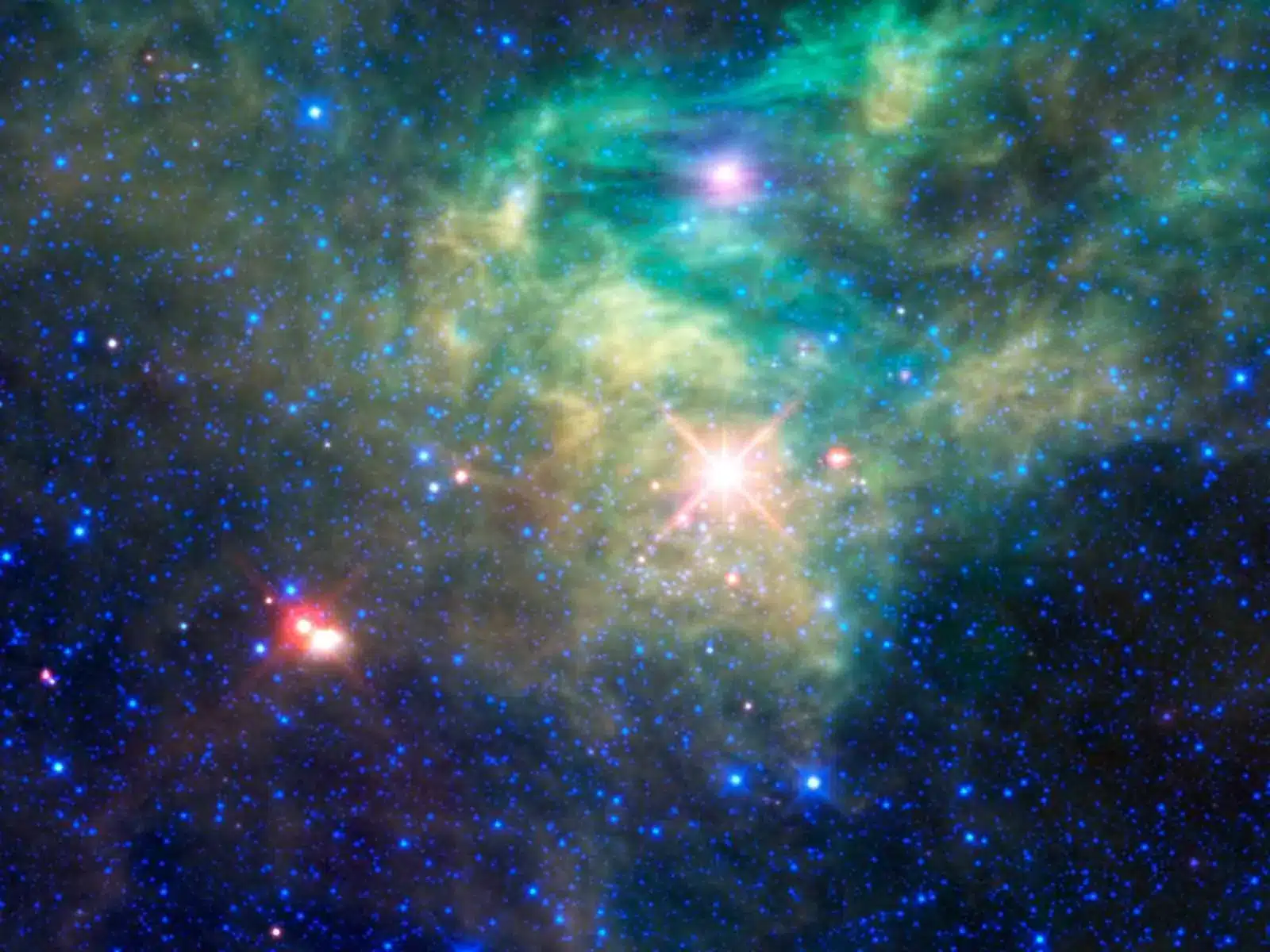About Star Clusters:
- A Star cluster is either of two general types of stellar assemblages held together by the mutual gravitational attraction of its members, which are physically related through common origin.
- They are particularly useful to astronomers as they provide a way to study and model stellar evolution and ages.
- The two basic categories of stellar clusters are open clusters, also known as galactic clusters, and globular clusters.
- Open (Galactic) Clusters:
- Open clusters are so named due to the fact that the individual component stars are easily resolved through a telescope.
- They are sometimes called galactic clusters due to their location on the dusty spiral arms on the plane of spiral galaxies.
- Stars in an open cluster have a common origin: they formed from the same initial giant molecular cloud.
- Open clusters contain from a dozen to many hundreds of stars, usually in an unsymmetrical arrangement.
- Globular Clusters:
- Globular clusters contain several thousand to one million stars in a spherical, gravitationally-bound system.
- Located mostly in the halo surrounding the galactic plane, they comprise the oldest stars in the galaxy.
- There is little free dust or gas found in globular clusters, so no new star formation is taking place in them.
- Stellar densities within the inner regions of a globular cluster are very high compared with regions such as those around the Sun.
- In addition, groups called associations, made up of a few dozen to hundreds of stars of similar type and common origin whose density in space is less than that of the surrounding field, are also recognized.
Q1: What is a Spiral Galaxy?
Spiral galaxies are twisted collections of stars and gas that often have beautiful shapes and are made up of hot, young stars. Most of the galaxies that scientists have discovered so far are spiral galaxies, as opposed to the other two main categories of galaxy shapes—elliptical and irregular. Approximately 60% of all galaxies are thought to be spiral galaxies. The Milky Way, the galaxy that includes Earth and our solar system, is an example of a spiral galaxy.
Source: Massive 5 star clusters discovered from the era when Universe was infant
Last updated on December, 2025
→ Check out the latest UPSC Syllabus 2026 here.
→ Join Vajiram & Ravi’s Interview Guidance Programme for expert help to crack your final UPSC stage.
→ UPSC Mains Result 2025 is now out.
→ UPSC Notification 2026 is scheduled to be released on January 14, 2026.
→ UPSC Calendar 2026 is released on 15th May, 2025.
→ The UPSC Vacancy 2025 were released 1129, out of which 979 were for UPSC CSE and remaining 150 are for UPSC IFoS.
→ UPSC Prelims 2026 will be conducted on 24th May, 2026 & UPSC Mains 2026 will be conducted on 21st August 2026.
→ The UPSC Selection Process is of 3 stages-Prelims, Mains and Interview.
→ UPSC Result 2024 is released with latest UPSC Marksheet 2024. Check Now!
→ UPSC Prelims Result 2025 is out now for the CSE held on 25 May 2025.
→ UPSC Toppers List 2024 is released now. Shakti Dubey is UPSC AIR 1 2024 Topper.
→ UPSC Prelims Question Paper 2025 and Unofficial Prelims Answer Key 2025 are available now.
→ UPSC Mains Question Paper 2025 is out for Essay, GS 1, 2, 3 & GS 4.
→ UPSC Mains Indian Language Question Paper 2025 is now out.
→ UPSC Mains Optional Question Paper 2025 is now out.
→ Also check Best IAS Coaching in Delhi

















